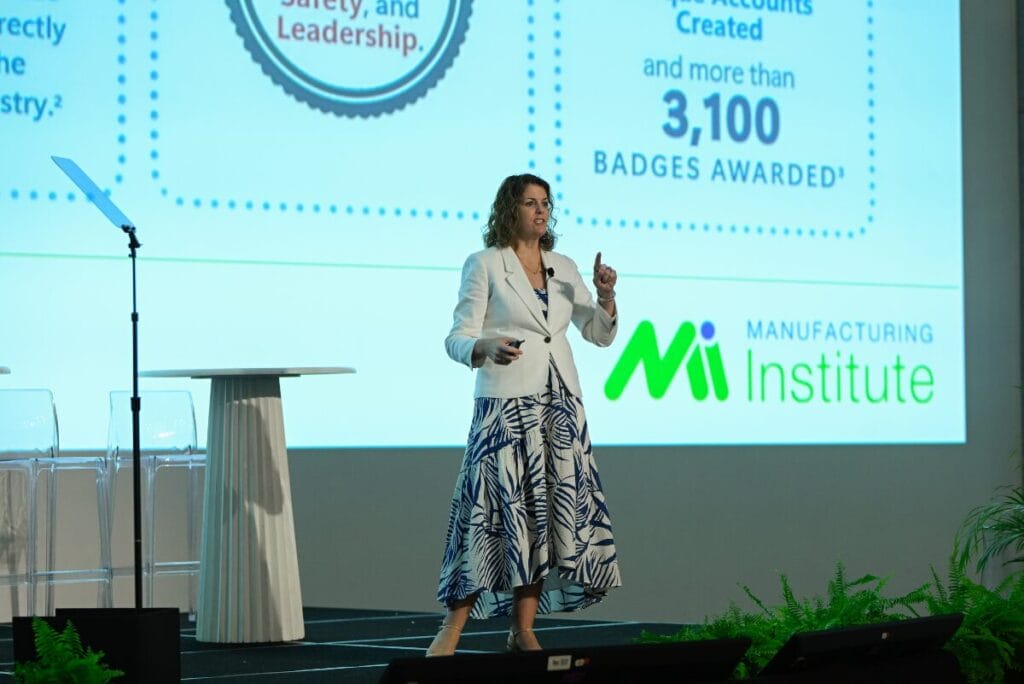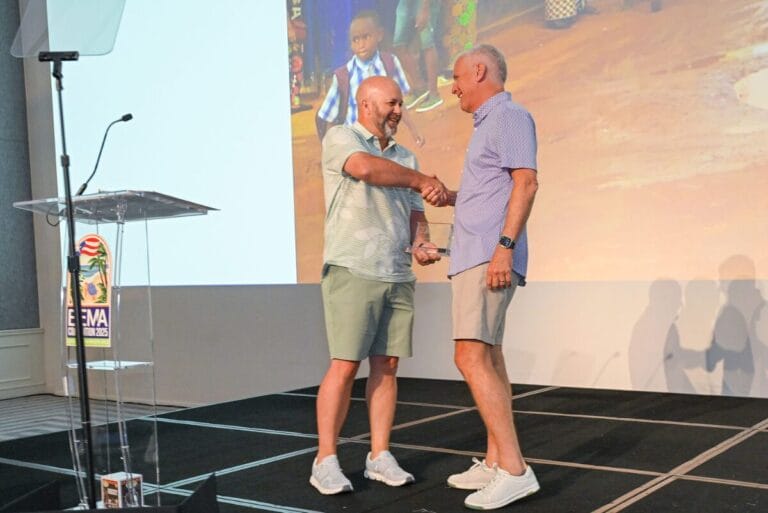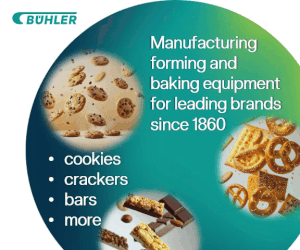COCO BEACH, PUERTO RICO — The manufacturing industry is not a stranger to shifting business conditions. Manufacturers across the country face numerous new challenges each year; to address them, reliable teams are needed to carry out sustainable solutions.
But when the challenge itself is attracting and retaining a skilled workforce, companies need more than short-term fixes.
During BEMA Convention 2025, held June 25-28 in Coco Beach, Puerto Rico, Carolyn Lee, president and executive director of the Manufacturing Institute (MI), dove into how manufacturers are leading and implementing programs that build sustainable workforce pipelines to recruit, train and retain essential employees.









